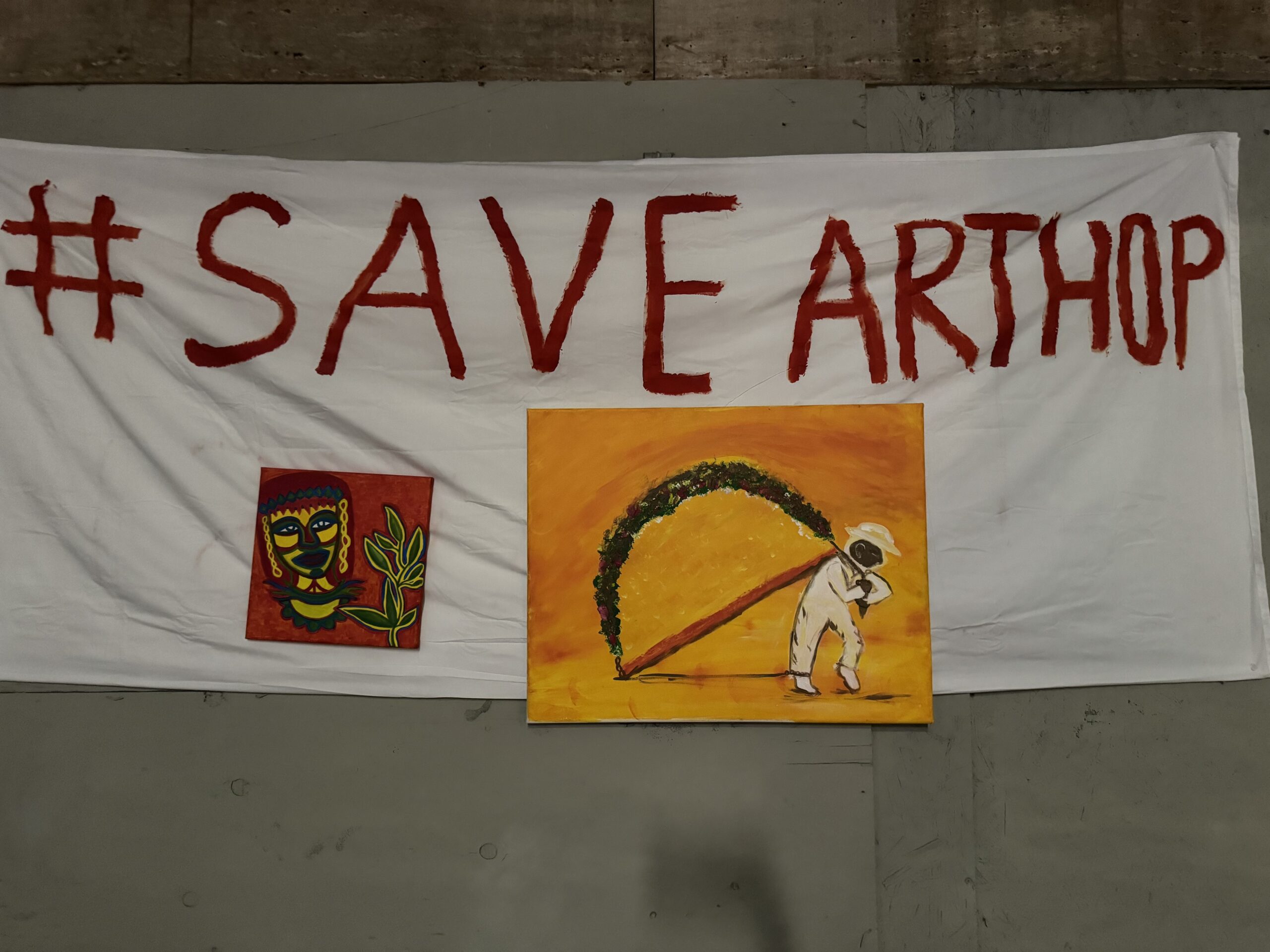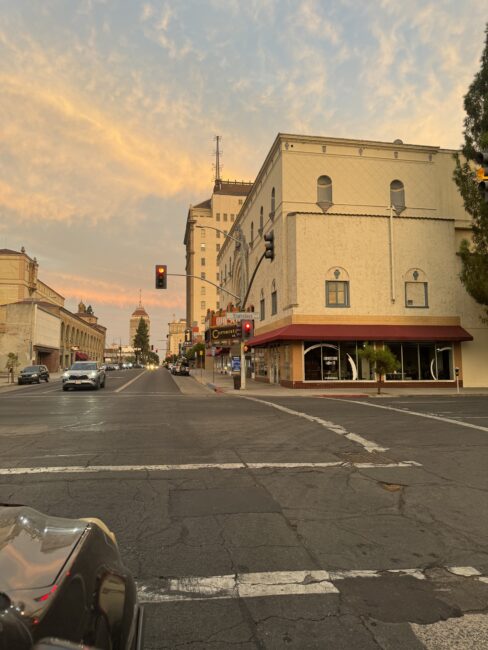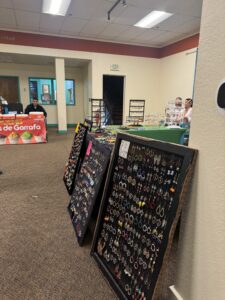
Every first and third Thursday of the month, the people of Fresno flood the streets of downtown for ArtHop. ArtHop was originally created for gallery owners to showcase their collections and draw larger audiences to appreciate the art, but over the years, ArtHop has grown out of this initial vision and morphed into a community-wide event. The ArtHop that Fresnans know and love includes not just art in galleries, but independent artists, vendors, and food trucks selling their wares.
The City of Fresno and Fresno Arts Council, however, has been making moves to return ArtHop to its original look, and remove vendors and independent artists from the streets. During city council meetings and interviews, city officials have given various reasons for this upcoming change, including the excessive heat, threat of violence, and amount of trash leftover from the event.
However, many of these reasons seem to have been contradicted with their most recent proposal and with the first indoor ArtHop this past Thursday. While officials claimed that safety and lack of officers on Thursdays was a large part of the decision, many whole groups of police were seen out patrolling for August’s first ArtHop, along with several police cars just in the few areas I visited.
Vendors and community members speculate the law enforcement presence was to discourage vendors from setting up.
Crystal Rocha and Joseph Rodriguez of Rehop Fresno, a small organization working to connect artists and the community, were set up behind a sign reading, “ArtHop for the people, by the people”. They, too, noticed an increase in officers downtown that day, but stood their ground.
“It was about intimidation” said Rocha, organizing the vibrant and shimmering art and books on her table. “They were just there for the image.”
Rodriguez actually spoke to some officers walking by, and they made no mention of the ArtHop tension, nor were they hostile in any way.

“No hostility from law enforcement,” recounted Rodriguez. “A group came by earlier and I went to greet them. They said they were just here to help the people. We knew the policemen had no idea what code [any artists set up] would be violating. We went to code enforcement, they couldn’t give us an answer; we went to the city council meeting, Miguel Arias couldn’t give us an answer.”
Although there had been threats of code violation fines for any vendors or artists set up outside, nothing has yet been explicitly cited or enforced by city councilmembers or law enforcement.
While some vendors were outside in protest, others heeded the new “indoors” rule, and noticed a drastic change in the atmosphere. Autumn, an artist, vendor and owner of their business, Jackoval Trades, was set up inside the Fresno EOC LGBTQ+ Resource Center, said that they saw a very different ArtHop that day.
“This is the very first ArtHop we’ve experienced with this ban, and it’s already such a big difference,” they observed. “I think people are more timid about coming inside. [There is] this feeling of ‘Am I allowed to come in?’ People feel like they don’t belong here. This energy from the city makes it feel like we’re in a city that is no longer ours.”
The streets of downtown were bare compared to the usual bustling atmosphere ArtHop brings, and while many buildings were open as an ArtHop venue, people seemed reluctant to enter.
Vendors were not the only ones noticing changes. It seems that indoor venues, such as galleries and centers, also saw a drop in visitors and change in demographics.
Stephanie Ayon, the Art Program Coordinator at Arte Americas, a cultural center focusing on Latinx art, experienced this on Thursday. “I spoke to the visitor center earlier, and the numbers were definitely a lot less than usual ArtHops.”
Corina Correa, the School and Family Program Coordinator at Arte saw other shifts as well.
“Definitely a lower turnout. And the age demographic was different too,” she added. “Usually we get a lot of younger people – under thirty I would say – but the demographic I did see today was a lot older.”
Arte Americas has historically gone above and beyond to reach the community and be a place of connection. Although the City Arts Council is one of the big players in the ArtHop changes, Arte does not want to exclude anyone with the new rules.

“Today we had an open mic, and we didn’t place any limitations on what people spoke about, so if someone wanted to speak on the current situation with ArtHop, we wouldn’t have prohibited them from speaking. [Arte is] that welcoming space for the community.”
Arte also continues to have their regular community events outside of ArtHop.
“We have Art Workshops here, and the goal is to hold accessible workshops for all ages with no prior experience or knowledge,” said Ayon.
“And bilingual storytime [for families] the first and third Saturday of the month, where we invite an educator or artist to read, followed by a kids craft – and that is a free program.” added Correa.
Though many perceive ArtHop as under attack, the community remains hopeful. ArtHop has grown into something much larger than what it was created to be; into a sort of shared community event reflecting the very heart of Fresno, and it will take more than a ban on outdoor vendors to put out the flame.
Artists and activists like Crystal Rocha continue the fight.
“Art is magic by the people. Art is not just a painting in a gallery. Art is also the way people make food. The way people dress. Art is multifaceted. Art is the language of the community. Art is how we [the community] share with each other our vision.”


